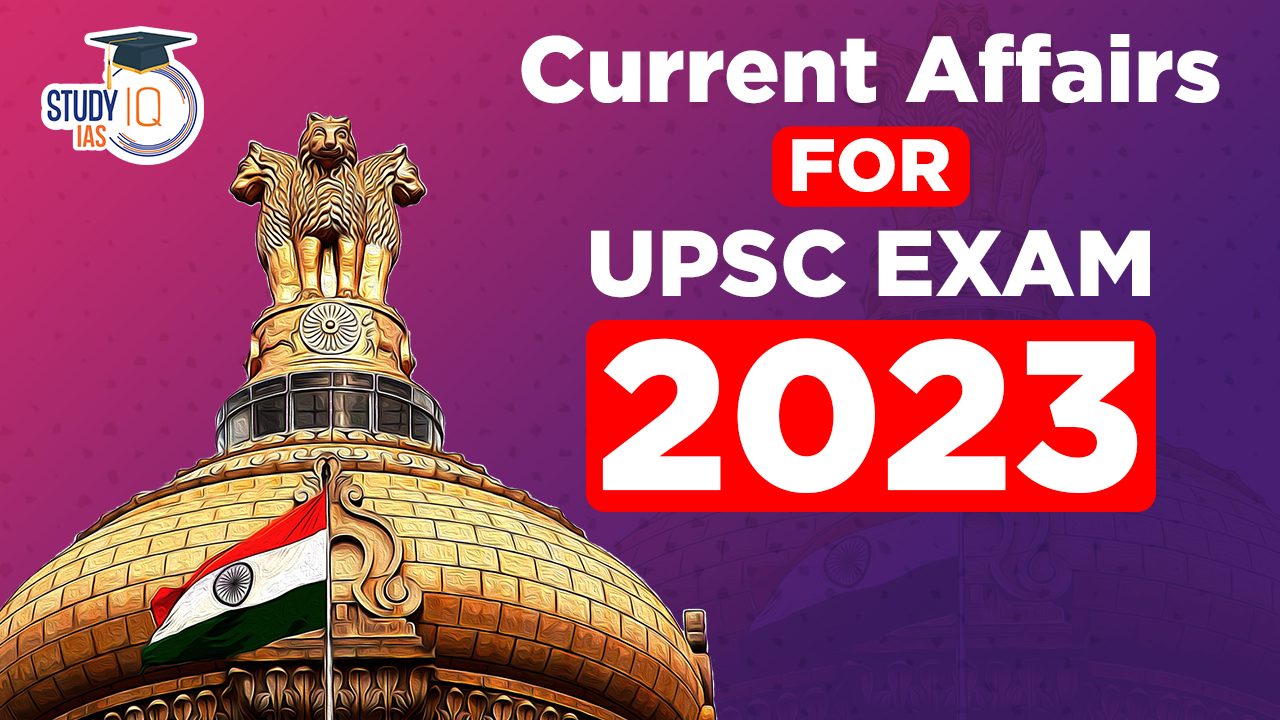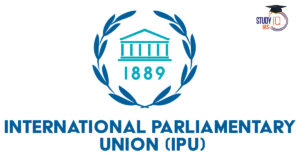Table of Contents
Green Credit Programme
Context: PM Narendra Modi launched the Global Green Credit Initiative at COP 28 in Dubai.
About the Green Credit Programme
- Market-Based Mechanism: Operates as a market-driven approach to encourage environmental responsibility.
- Voluntary Environmental Actions: Focuses on incentivizing actions that positively impact the environment.
- Diverse Sector Participation: Engages various sectors, encompassing a wide range of stakeholders such as individuals, communities, private sector industries, and companies.
- This program is a component of the broader ‘Lifestyle for Environment’ (LiFE) campaign.
- It was first announced in the Union Budget 2023-24 and launched by the Ministry of Environment, Forest and Climate Change (MoEFC) in October 2023.
We’re now on WhatsApp. Click to Join
- Governance Framework of GCP: An inter-ministerial Steering Committee provides support to the GCP’s governance structure.
- The Indian Council of Forestry Research and Education (ICFRE) acts as the GCP
- ICFRE is tasked with the implementation, management, monitoring, and operation of the program.
- Obtaining Green Credits:
- Registration Process: Individuals and entities must register their activities via the central government’s app/website.
- Verification Mechanism: Activities will be verified by the Administrator through a designated agency, with self-verification available for smaller projects.
- Issuance of Certificates: Upon successful verification, the Administrator will issue a tradable Green Credit certificate.
- The Indian Council of Forestry Research and Education (ICFRE) acts as the GCP
Governor As University Chancellor
Context: Governors acting as University Chancellor are not bound by the advice of ministers, says the Supreme Court.
About The Judgement
- The Supreme Court of India determined that Governors, in their role as University Chancellors, are not required to adhere to the council of ministers’ recommendations.
- This ruling was made while overturning the reappointment of Gopinath Ravindran as the Vice-Chancellor of Kannur University.
- The judgement, delivered by a bench headed by Chief Justice D Y Chandrachud, clarified that the Chancellor’s role and the State Government are separate entities under the law.
- As such, the Governor, serving as Chancellor, operates in an individual capacity. The court stated that the responsibilities and powers of the Governor as University Chancellor are distinct from those in their role as the state’s Governor.
- The verdict underscored that statutory powers should be exercised by the appointed body or individual, and delegating these powers is seen as neglecting the statutory responsibility, which goes against the rule of law.
- Additionally, the decision referenced a 1981 judgement (Hardware Lal, Rohtak v. G.D. Tapase, Chandigarh case) that highlighted the Governor’s autonomy in the appointment or removal of a Vice-Chancellor, affirming that in these matters, the Governor, as the ex officio Chancellor, is not obligated to follow the advice of the council of ministers.
Public Universities and the Role of the Chancellor
- University Establishment: Public universities are created by state legislative acts.
- Governor as Chancellor: In most states, the Governor is the designated Chancellor of these universities.
- In Telangana, the state government appoints the Chancellor.
- Leadership Role: The Chancellor serves as the chief of public universities and is responsible for appointing the Vice-Chancellor.
- Chairing University Bodies: Oversees meetings of various university bodies, such as the Court/Senate.
- Invalidating Non-Compliant Proceedings: Has the authority to disapprove any university proceedings that are not in line with existing laws.
- In certain states like Bihar, Gujarat, and Jharkhand, the Chancellor is also empowered to conduct university inspections.
- Convocation and Honorary Degrees: Leads the university’s convocation ceremonies and approves the awarding of honorary degrees.
|
Recommendations and Recent Developments |
Sarkaria Commission:
M.M. Punchhi Commission:
Recent DevelopmentWest Bengal’s New Bill (June 13, 2022):
Tamil Nadu’s Legislative Action (April 2022):
Amendment in Maharashtra (2021):
|
Purchasing Managers’ Index (PMI)
Context: The seasonally adjusted S&P Global India Manufacturing PMI rose to 56 in November, showing an improvement from October’s eight-month low of 55.5.
About Purchasing Managers’ Index (PMI)
What is PMI?
- The Purchasing Managers’ Index (PMI) is an economic indicator that provides insights into the business conditions of the manufacturing and services sectors of an economy.
- It is calculated based on monthly surveys of private sector companies.
- The index offers information about new orders, production, employment, supplier deliveries, and inventory levels.
- S&P Global, a leader in financial information and analytics, releases PMI data for India.
- Previously, IHS Markit issued this data before merging with S&P Global.
Methodology:
- Derived from qualitative questions sent to manufacturing firms.
- Consider five key aspects with assigned weights:
- new orders (30%),
- output (25%),
- employment (20%),
- suppliers’ delivery times (15%), and
- stock of items purchased (10%).
- Conducted monthly.
How is PMI Interpreted?
- A PMI above 50 indicates expansion in the sector it measures.
- A PMI below 50 suggests contraction.
- The further away from 50, the greater the degree of change.
Types of PMI:
Manufacturing PMI:
- Focuses on conditions within the manufacturing sector.
- Reflects the health of the manufacturing industry and is often used to gauge factory output.
Services PMI:
- Represents the services sector.
- Useful for understanding the performance of services industries like finance, IT, hospitality, and others.
Significance
- Released earlier than most official industrial, manufacturing, and GDP growth data.
- Acts as a leading economic activity indicator.
- Used by central banks for interest rate decisions.
- Indicates corporate earnings, influencing investor and bond market interest.
- A strong PMI can enhance a country’s economic attractiveness compared to others.
Centre New Permit Rules
Context: The Kerala State Road Transport Corporation (KSRTC) has challenged the Centre’s All India Tourist Vehicles (Permit) Rules, 2023, in the High Court.
About The All India Tourist Vehicles (Permit) Rules, 2023
- The Ministry of Road Transport and Highways (MoRTH) has introduced new regulations for tourist vehicles under the All India Tourist Permit, mandated by Section 212 of the Motor Vehicle Act, 1988.
- This permit is designed to allow tourist vehicle operators to ply across India with a single permit, sharing fees between states and the Union Government.
- Implemented: May 1st, 2023
- Changes Brought by the 2023 Permit Rules:
- The 2023 Rules simplify the granting of AITP, allowing tourist buses to operate like stage carriages, potentially impacting the revenue of state-run buses.
- Under Rule 6 (2) of the 2023 regulations, AITP holders can operate similarly to stage carriages, picking and dropping passengers at various points.
|
Contract Carriage And Stage Carriage |
|


 SAMARTH Udyog Bharat 4.0: Transforming I...
SAMARTH Udyog Bharat 4.0: Transforming I...
 BHIM 3.0 Launched by NPCI: Key Features,...
BHIM 3.0 Launched by NPCI: Key Features,...
 150th Summit of Inter-Parliamentary Unio...
150th Summit of Inter-Parliamentary Unio...





















